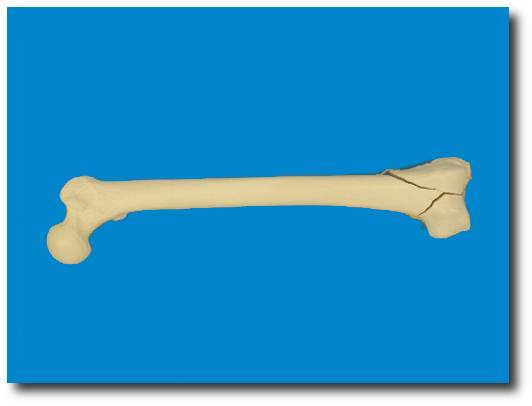SICOT e-Newsletter
 Issue No. 36 - September 2011
Â
|
|
|
|
|
|
Â
 Â
Editorial by H.K.T. Raza - President, Asia Pacific Orthopaedic Association
- The Concept of Social Orthopaedics
Orthopaedic Surgery has shown rapid progress in the last decade. The new millennium has ushered in new techniques of minimally invasive surgery with rapid progress also in joint replacement surgery, arthroscopic techniques, spine surgery and trauma management. However, what is important to know is:
-
Have the benefits of this technical advancement and our pursuit for excellence reached vast populations of the under privileged across the world?
-
Are we doing enough for the ailing humanity beyond the confines of our clinics/hospitals.
-
Do we realize that in our race to create top quality facilities for our patients in the burgeoning 5-star hospitals, we have a responsibility to the society/community which should extend to the periphery?
The Concept of âSocial Orthopaedicsâ addresses these questions. It is not a mere slogan. It should be taken as a movement by Orthopaedic Surgeons to show our commitment to Society. There is a debate on whether the concept should be âSocial Orthopaedicsâ or âCommunity Orthopaedicsâ. Community Orthopaedics as an outshoot of âCommunity Medicineâ sounds too professional and does not carry the far reach of âSocial Orthopaedicsâ which envisages involvement of not only Health Professionals under its banner but also Social Workers, philanthropists, politicians and all personnel concerned with the general well being of the common men. It includes in its domain all social factors which may have a bearing on the health of the population. Through this small article I would like to appeal to colleagues to reach out to the community rather than work only within the confines of our clinics/hospitals. Read more...
 Â
Â
SICOT Events
SICOT 2011 XXV Triennial World Congress
6-9Â September 2011Â * Prague, Czech Republic
SICOT thanks you for your participation in the successful Prague TWC 2011 and looks forward to welcoming you again in Dubai in 2012!
- Award Winners
Click here to find out who won an award at the Congress. All winners are invited to submit their papers to the International Orthopaedics journal. To submit manuscripts online, please go to http://mc.manuscriptcentral.com/io.
- Diploma ExaminationÂ
Congratulations to the following successful candidates of the ninth SICOT Diploma Examination:
Ahmed ABDEL-AZEEM (Egypt)
Ayman ABDEL-KAWI (Egypt)
Anup DOKANIA (India)
Mohamed Mahmoud ELFEKKY (United Arab Emirates)Â
Nikolaos GERMANIS (Greece)
Tarun GOYAL (India)
Gbadebo Hakeem IBRAHEEM (Nigeria)Â
Saurabh JAIN (India)
Manuj JAIN (India)
Ãzkan KÃSE (Turkey)
Shreenath KULKARNI (India)
Chikkapapanna MADHAVAN PAPANNA (United Kingdom)
Sultan MALIK (Ireland)
Rajib PRADHAN (United Kingdom)
Shwetabh RAI (India)
Ashish RUSTAGI (India)
Praveen SHARDA (United Kingdom)
Prabhat SINGH (India)
Saseendar SHANMUGASUNDARAM (India)
Naveen TAHASILDAR (India)
Gautam Deepak TALAWADEKAR (United Kingdom)Â
Vibhu Krishnan VISWANATHAN (India)
Medhat ZEKRYÂ (United Kingdom)
Ahmed Abdel-Azeem and Praveen Sharda, the two best candidates, were granted the German SICOT Fellowship, which offers them the opportunity to visit well-known German orthopaedic centres for a period of four weeks. The fellowship is kindly provided by the German Section of SICOT.
-
Exhibitors and Sponsors
SICOT would like to thank the exhibitors and sponsors of the SICOT 2011 XXV Triennial World Congress in Prague for their invaluable support.Â
      Â
Combined 33rd SICOT & 17th PAOA Orthopaedic World Conference
28 November - 1 December 2012Â * Dubai, United Arab Emirates
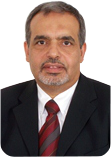 Welcome to Dubai, United Arab Emirates, the host city for the 33rd SICOT and 17th PAOA Orthopaedic World Conference. We are working hard to provide a conference that covers the latest advances in orthopaedic and trauma care as well as other exciting events for your entertainment and leisure. Thanks to Dubaiâs excellent infrastructure, tourism options and a host of other facilities, this conference makes for an experience that will be extremely rewarding for all attending delegates.
Welcome to Dubai, United Arab Emirates, the host city for the 33rd SICOT and 17th PAOA Orthopaedic World Conference. We are working hard to provide a conference that covers the latest advances in orthopaedic and trauma care as well as other exciting events for your entertainment and leisure. Thanks to Dubaiâs excellent infrastructure, tourism options and a host of other facilities, this conference makes for an experience that will be extremely rewarding for all attending delegates.
Dubaiâs geographical location makes it easily accessible from all over the world. Direct flights are available from every continent. More than 120 airlines connect Dubai to over 200 destinations with most flights from Europe, Asia, the Indian subcontinent and parts of Africa lasting less than six hours. Individuals of more than 130 different nationalities call Dubai home. This has resulted in a city that is cosmopolitan in nature and rich in culture. This coupled with a multitude of ultra-modern and exciting shopping malls - that boast attractions such as an indoor ski-slope and one of the worldâs largest aquariums - result in a dining and entertainment experience like no other. As the conference will be hosted towards the end of November, when the weather in the Middle East is at its best, delegates will be able to experience some of the best sporting and leisure facilities in the world. All of these factors culminate in providing a conference that will be extremely memorable for all who attend.
Hashem Al Khatib
Conference President
Please visit the SICOT website regularly for updated information about Dubai OWC 2012.
  Â
Â
SICOT News
- New Board of Directors
SICOT is pleased to announce that the new members of the SICOT Board of Directors for the 2011-2014 triennium are:
- President: Maurice Hinsenkamp
- First Vice President (Asia-Pacific): Kandiah Raveendran
- Secretary General: Jochen Eulert
- Treasurer: Shanmuganathan Rajasekaran
- President Elect:Â Keith Luk
- Immediate Past President: Cody BüngerÂ
- Vice President (Europe): Andrzej Bohatyrewicz
- Vice President (North America):Â John DormansÂ
- Vice President (Latin America): Eduardo ZamudioÂ
- Vice President (Africa, Near and Middle East):Â Thamer Hamdan
- Editorial Secretary: Hatem Said
 Â
Â
SICOT Global Network for Electronic Learning - SIGNEL
- Article of the Month
Knee function and prevalence of osteoarthritis after isolated anterior cruciate ligament reconstruction using bone-patellar tendon-bone graft: long-term follow-up
Johannes Struewer, Thomas Manfred Frangen, Bernd Ishaque, Christopher Bliemel, Turgay Efe, Steffen Ruchholtz & Ewgeni Ziring
Purpose The aim of this investigation was to study patient-reported long-term clinical outcome, instrumental stability and prevalence of radiological osteoarthritis (OA) a minimum of ten years after isolated anterior cruciate ligament (ACL) reconstruction. Read more...
  Â
Â
Worldwide News
-
What patient and implant positioning factors lead to squeaking following total hip replacement surgery? (summarised by N.S. Harshavardhana)
Sexton SA et al {J Bone & Joint Surg [Br] 2011, 93(4):439-42} studied the role of patient and implant position factors that were predictive of squeaking following primary total hip replacement in patients with osteoarthritis as primary diagnosis. In their series of 2406 primary THRs with a mean follow-up of 10.6 years, the incidence of squeaking was 3.1% (74 hips in 73 patients). Mean time from surgery to squeaking was 40 months (range: 1-96 months). The most common activity that precipitated squeaking was bending. The key factors that were associated with increased squeaking were:
| Â Â Â Â Â Â Â Â Â Patient factors | Â Â Â Â Â Â Â Â Â Implant positioning factors |
|
|
They concluded any factor that caused increase in mechanical forces around hip joint and caused neck-rim impingement precipitating edge loading predisposed to higher incidence of squeaking. Interestingly squeaking was not associated with any reduction in patient satisfaction (as measured by Harris hip score) or any increased incidence of revision surgery for aseptic loosening. Hence ceramic-on-ceramic bearing surfaces continue to be used in clinical practice and we should warn patients of squeaking which could be annoying to some though benign.
-
Does use of cross-linked polyethylene liners reduce the need for revision secondary to aseptic loosening in total hip arthroplasty (THA)? (summarised by N.S. Harshavardhana)
Kuzyk et al {J Bone & Joint Surg [Br] 2011, 93(5):593-99} undertook a systematic review and meta-analysis of all RCTs comparing cross-linked vs. conventional polyethylene liners in total hip replacement. They identified 12 studies comprising of 1038 primary total hip replacements with a mean follow-up of 5.1 years (range: 2.3-8.0 years) adhering to stringent inclusion-exclusion criteria comprising of 14 questions. The sources of their literature search were MedLine, EmBase and Cochrane databases. They specifically looked into radiological wear rates and clinical outcome measure with need for revision surgery as end point. There was no significant difference in bedding-in between the two liners. No early failure were reported / attributable to brittleness of cross-linked liner. However use of cross-linked polyethylene liners resulted in significant reduction in radiological wear (risk ratio[RR] 0.40 & 95% CI: 0.27-0.58). There was significant reduction in both total linear / 3D linear and volumetric wear with their use. However the routine use of cross-linked polyethylene liners wasnât justified in clinical practice as the follow-up of studies analysed was not long enough to show a difference in need for revision surgery due to aseptic loosening (risk ratio[RR] 0.54 & 95% CI: 0.14-2.09).Â
Â
Â
Industry News
-
 NEWS from Sawbones
|
Hip: Â #1516-23 Arthroscopy Hip
#1703-19 Deluxe Stand  Â
|
Spine:
#1323-40 #1352-13 Lumbar Vertebrae, T10 to Sacrum, with Fracture  Â
#1149 |
|
DID YOU KNOW? |
  |
SAWBONES EUROPE AB
Krossverksgatan 3, SE-216 16 Malmö
Sweden
www.sawbones.com Â
E-mail: info@sawbones.seÂ
Phone: +46 (0) 40 650 70 00
Fax: +46 (0) 40 650 70 01
Editorial DepartmentÂ
Â
Editorial Secretary: Hatem Said
Editorial Production: Linda Ridefjord
Special thanks to Anthony Hall
Â
Rue Washington 40-b.9, 1050 Brussels, Belgium
Tel.: +32 2 648 68 23 | Fax: +32 2 649 86 01
E-mail: edsecr@sicot.org | Website: www.sicot.org Â
Disclaimer: Some of the views and information expressed in this e-Newsletter include external contributors whose views are not necessarily those of SICOT. SICOT is not responsible for the content of any external internet sites.
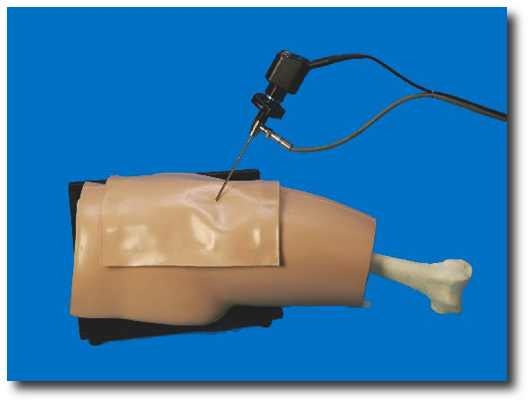
.png) Â
  #1521-12-2
#1521-12-2 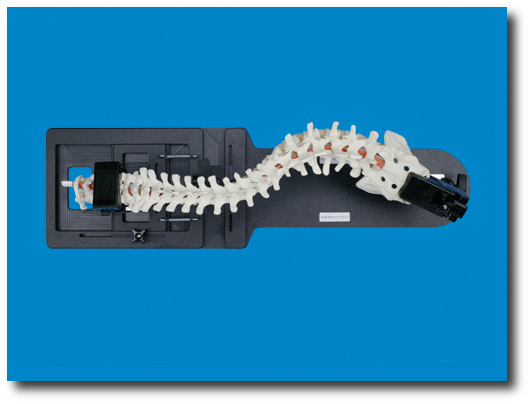 #1703-100
#1703-100 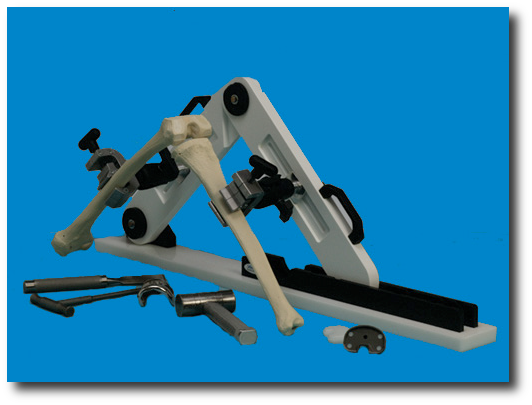 #1600-3
#1600-3 